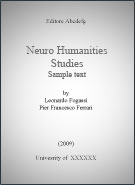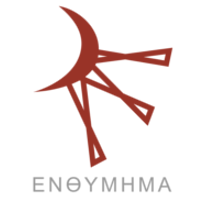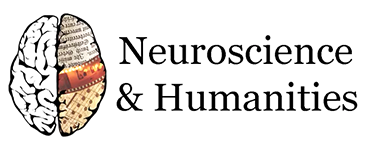
Last paper:
Grazia Pulvirenti, Renata Gambino, Neurohermeneutics. A Transdisciplinary Approach to Literature
- Peer review
- Submit a paper
- Suggest a paper
- Contact us
- Partner program
Vilayanur S. Ramachandran, William Hirstein,
The Science of Art
 Year: 1999
Year: 1999Disciplines: Aesthetics; Fine Arts;
DOWNLOAD PAPER
Download size: 160.76 KB
We present a theory of human artistic experience and the neural mechanisms that mediate it. Any theory of art (or, indeed, any aspect of human nature) has to ideally have three components. (a) The logic of art: whether there are universal rules or principles; (b) The evolutionary rationale: why did these rules evolve and why do they have the form that they do; (c) What is the brain circuitry involved? Our paper begins with a quest for artistic universals and proposes a list of ‘Eight laws of artistic experience’ — a set of heuristics that artists either consciously or unconsciously deploy to optimally titillate the visual areas of the brain. One of these principles is a psychological phenomenon called the peak shift effect: If a rat is rewarded for discriminating a rectangle from a square, it will respond even more vigorously to a rectangle that is longer and skinnier that the prototype.We suggest that this principle explains not only caricatures, but many other aspects of art. Example: An evocative sketch of a female nude may be one which selectively accentuates those feminine form-attributes that allow one to discriminate it from a male figure; a Boucher, a Van Gogh, or a Monet may be a caricature in ‘colour space’ rather than form space. Even abstract art may employ ‘supernormal’ stimuli to excite form areas in the brain more strongly than natural stimuli. Second, we suggest that grouping is a very basic principle. The different extrastriate visual areas may have evolved specifically to extract correlations in different domains (e.g. form, depth, colour), and discovering and linking multiple features (‘grouping’) into unitary clusters — objects — is facilitated and reinforced by direct connections from these areas to limbic structures. In general, when object-like entities are partially discerned at any stage in the visual hierarchy, messages are sent back to earlier stages to alert them to certain locations or features in order to look for additional evidence f
Project
The Neuro Humanities Studies Network aims at creating a multidisciplinary research community in order to develop and structure a linking platform for neuro-scientific, cognitive topics and humanities.
Click on each keyword to show papers related with it.









